When it comes to footwear, nothing exudes timeless style, rugged elegance, and versatility quite like leather boots for men. From their humble origins as essential workwear in various industries to their status as a must-have fashion accessory, leather boots have stood the test of time. In this comprehensive guide, we will explore the different types of leather boots for men, their characteristics, how to choose the perfect pair, and care tips to keep them looking sharp for years to come. Table of Contents: 1. The Rise of Leather Boots for Men 2. Types of Leather Boots for Men a. Chelsea Boots b. Desert Boots c. Brogue Boots d. Chukka Boots e. Work Boots f. Dress Boots g. Motorcycle Boots 3. Features and Characteristics of Leather Boots a. Material Quality b. Construction Methods c. Sole Types d. Lacing Systems e. Toe Styles f. Shaft Height g. Choosing the Right Fit 4. Choosing the Perfect Pair a. Occasion and Intended Use b. Boot Style and Design c. Boot Materials d. Boot Comfort e. Boot Care and Maintenance 5. Care Tips for Leather Boots a. Cleaning and Conditioning b. Protecting from Water and Stains c. Storage and Preservation d.
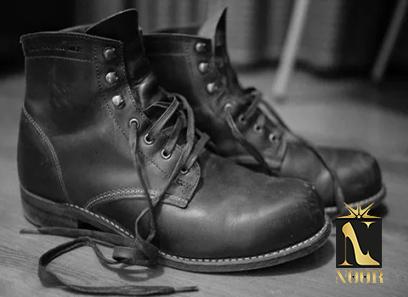
.
 Resoling and Repairing 6. Popular Brands and Their Offerings a. Red Wing b. Timberland c. Dr. Martens d. Wolverine e. Thursday Boot Company 7. Styling Leather Boots for Men a. Casual Outfits b. Formal Outfits c. Workwear Inspired Looks d. Seasonal Pairings 8. Conclusion 1. The Rise of Leather Boots for Men: Leather boots have been an essential part of men’s footwear for centuries. Originally designed for practicality and protection, such as in the military or for workers in harsh environments, leather boots gained popularity as a fashion statement in the mid-20th century. Icons like Steve McQueen and Marlon Brando popularized leather boots as a symbol of rebellion and masculinity, leading to their wide acceptance in mainstream fashion. 2. Types of Leather Boots for Men: There are several types of leather boots for men, each with its own unique style and purpose. Some of the most popular types include: a. Chelsea Boots: Chelsea boots are characterized by their elastic side panels and ankle-length design.
Resoling and Repairing 6. Popular Brands and Their Offerings a. Red Wing b. Timberland c. Dr. Martens d. Wolverine e. Thursday Boot Company 7. Styling Leather Boots for Men a. Casual Outfits b. Formal Outfits c. Workwear Inspired Looks d. Seasonal Pairings 8. Conclusion 1. The Rise of Leather Boots for Men: Leather boots have been an essential part of men’s footwear for centuries. Originally designed for practicality and protection, such as in the military or for workers in harsh environments, leather boots gained popularity as a fashion statement in the mid-20th century. Icons like Steve McQueen and Marlon Brando popularized leather boots as a symbol of rebellion and masculinity, leading to their wide acceptance in mainstream fashion. 2. Types of Leather Boots for Men: There are several types of leather boots for men, each with its own unique style and purpose. Some of the most popular types include: a. Chelsea Boots: Chelsea boots are characterized by their elastic side panels and ankle-length design.
..
 They are sleek, timeless, and versatile, making them suitable for both formal and casual occasions. b. Desert Boots: Desert boots feature a minimalistic design with a suede upper and a crepe sole. Originally developed for British soldiers during World War II, these lightweight boots provide both comfort and style. c. Brogue Boots: Brogue boots are known for their decorative perforations, called broguing, which add a touch of elegance to the classic boot design. They can be dressed up or down, making them a versatile choice for many occasions. d. Chukka Boots: Chukka boots are ankle-length boots with two or three eyelets and minimal detailing. They are typically made from suede or leather and are suitable for both casual and smart-casual outfits. e. Work Boots: Work boots are rugged and built to withstand tough conditions. They often feature thick leather uppers, reinforced toe caps, and robust outsoles. Popular among outdoors enthusiasts and workers in various industries, work boots provide excellent durability and protection. f. Dress Boots: Dress boots are specifically designed for formal occasions and are usually made from glossy, high-quality leather. With their sleek profile and minimal detailing, they offer a smart and sophisticated look. g. Motorcycle Boots: Motorcycle boots are designed with the needs of bikers in mind.
They are sleek, timeless, and versatile, making them suitable for both formal and casual occasions. b. Desert Boots: Desert boots feature a minimalistic design with a suede upper and a crepe sole. Originally developed for British soldiers during World War II, these lightweight boots provide both comfort and style. c. Brogue Boots: Brogue boots are known for their decorative perforations, called broguing, which add a touch of elegance to the classic boot design. They can be dressed up or down, making them a versatile choice for many occasions. d. Chukka Boots: Chukka boots are ankle-length boots with two or three eyelets and minimal detailing. They are typically made from suede or leather and are suitable for both casual and smart-casual outfits. e. Work Boots: Work boots are rugged and built to withstand tough conditions. They often feature thick leather uppers, reinforced toe caps, and robust outsoles. Popular among outdoors enthusiasts and workers in various industries, work boots provide excellent durability and protection. f. Dress Boots: Dress boots are specifically designed for formal occasions and are usually made from glossy, high-quality leather. With their sleek profile and minimal detailing, they offer a smart and sophisticated look. g. Motorcycle Boots: Motorcycle boots are designed with the needs of bikers in mind.
…
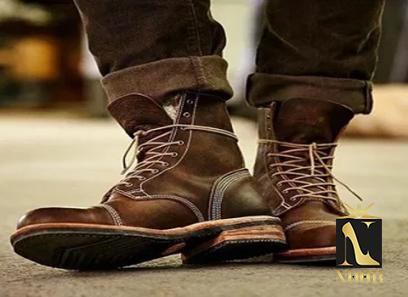 They provide protection, durability, and grip, often boasting features like reinforced toes, oil-resistant soles, and ankle support. 3. Features and Characteristics of Leather Boots: When choosing leather boots, it is essential to consider various features and characteristics that can affect their style, durability, and comfort. These factors include: a. Material Quality: The quality of leather used in boots greatly influences their overall look, feel, and lifespan. Full-grain leather, the highest quality, is known for its natural markings, durability, and breathability. Top-grain leather and suede are also widely used, offering different aesthetics and characteristics. b. Construction Methods: Different construction methods, such as Goodyear welt, Blake stitch, or cementing, affect the durability, flexibility, and water-resistance of leather boots. Goodyear welt construction is the most popular and renowned for its resoleability. c. Sole Types: The type of soles used in leather boots can impact their comfort, traction, and longevity. Options include rubber, leather, crepe, commando, and Vibram soles, each offering different levels of grip, shock absorption, and suitability for various terrains. d. Lacing Systems: Leather boots come with different lacing systems, including classic eyelets, speed hooks, or D-rings. Each lacing system can affect the ease of putting on and adjusting the boots, as well as the overall style. e.
They provide protection, durability, and grip, often boasting features like reinforced toes, oil-resistant soles, and ankle support. 3. Features and Characteristics of Leather Boots: When choosing leather boots, it is essential to consider various features and characteristics that can affect their style, durability, and comfort. These factors include: a. Material Quality: The quality of leather used in boots greatly influences their overall look, feel, and lifespan. Full-grain leather, the highest quality, is known for its natural markings, durability, and breathability. Top-grain leather and suede are also widely used, offering different aesthetics and characteristics. b. Construction Methods: Different construction methods, such as Goodyear welt, Blake stitch, or cementing, affect the durability, flexibility, and water-resistance of leather boots. Goodyear welt construction is the most popular and renowned for its resoleability. c. Sole Types: The type of soles used in leather boots can impact their comfort, traction, and longevity. Options include rubber, leather, crepe, commando, and Vibram soles, each offering different levels of grip, shock absorption, and suitability for various terrains. d. Lacing Systems: Leather boots come with different lacing systems, including classic eyelets, speed hooks, or D-rings. Each lacing system can affect the ease of putting on and adjusting the boots, as well as the overall style. e.
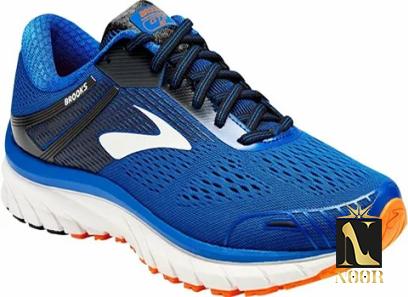
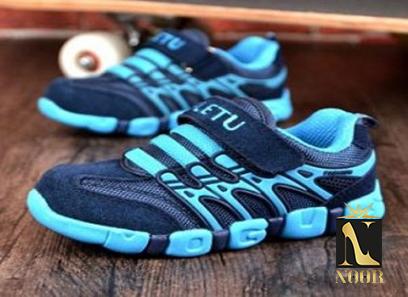
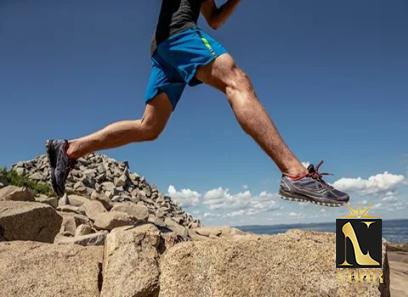
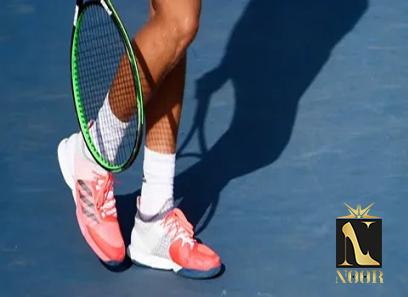
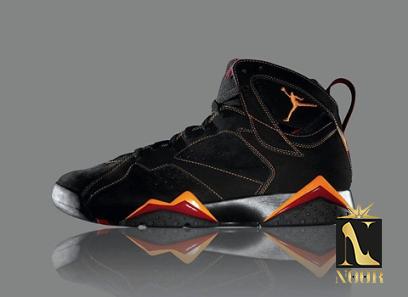
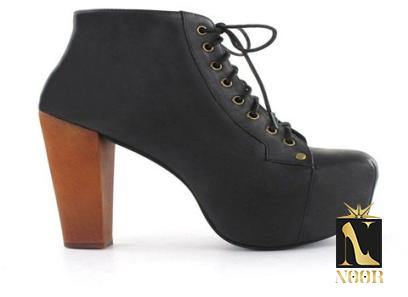
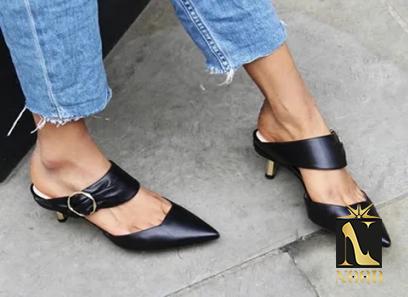
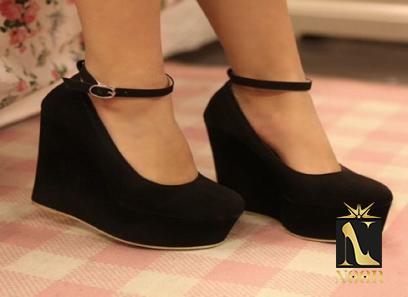

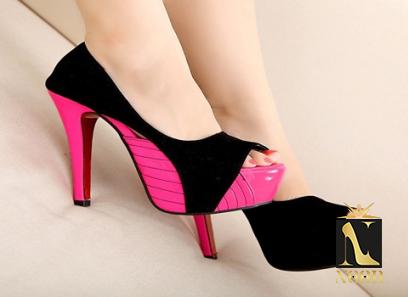
Your comment submitted.